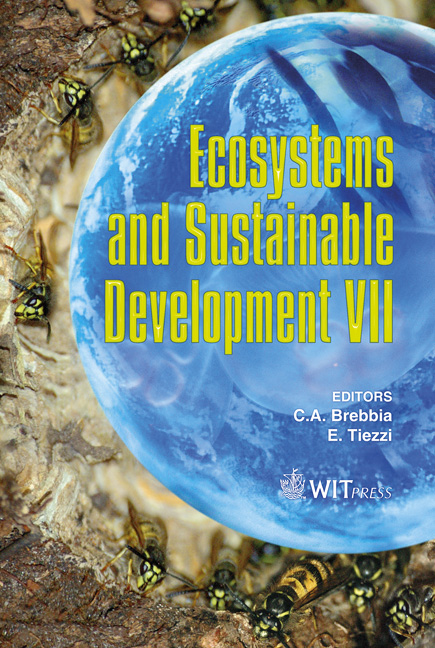Global Warming Potential Revisited
Price
Free (open access)
Transaction
Volume
122
Pages
10
Page Range
3 - 12
Published
2009
Size
600 kb
Paper DOI
10.2495/ECO090011
Copyright
WIT Press
Author(s)
N. Marchettini, M. Marchi & E. Tiezzi
Abstract
The greenhouse effect is a core problem as far as air pollution, climate changes, environmental risk and ecological policies are concerned. According to the IPCC, the uncertainties associated with specifying the lifetime of CO2 means that presentation of the GWP (Global Warming Potential) relative to CO2 may not be the ideal choice; moreover a reductionist approach based on actual lifetime due to the transfer of CO2 amongst the different reservoirs is not scientifically correct since from a thermodynamic point it is necessary to consider the entire cycle of CO2 in the throughout biological evolution (billions of years). James Hansen recently stated that about one-quarter of fossil fuel CO2 emissions will stay in the air \“forever”. In the present paper we discuss the following points: a) the comparison between the atmosphere of Venus, of the Earth before the appearance of life, Mars and the Earth during the biological evolution; b) the different equations related to GWP; c) a case study of the Italian region of Abruzzo. Since anthropogenic emissions over a few decades (an infinitesimal interval on the biological scale) have increased the concentration of CO2 in the atmosphere from 250 ppm to almost 400 ppm, the environmental effects are enormous, both for ecosystems and the economy. Recently, on Nature, Cox et al. claim that the terrestrial biosphere will take up CO2 at a decreasing rate after about 2010, becoming a net source by around 2050. By 2100 this source from the land almost balances the oceanic sink. Keywords: GWP, greenhouse effect, case study on Region Abruzzo.
Keywords
GWP, greenhouse effect, case study on Region Abruzzo





